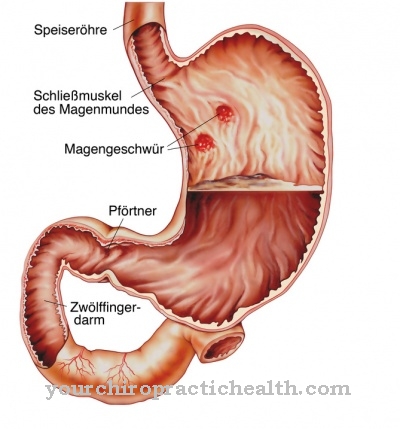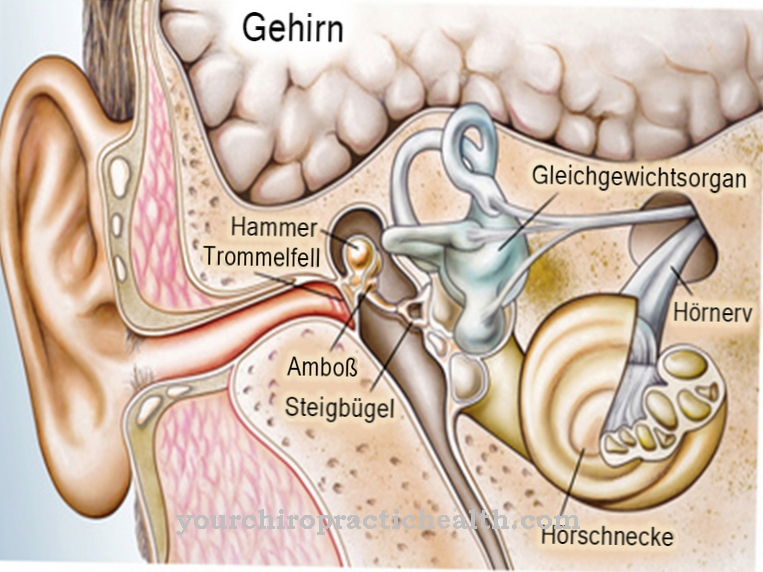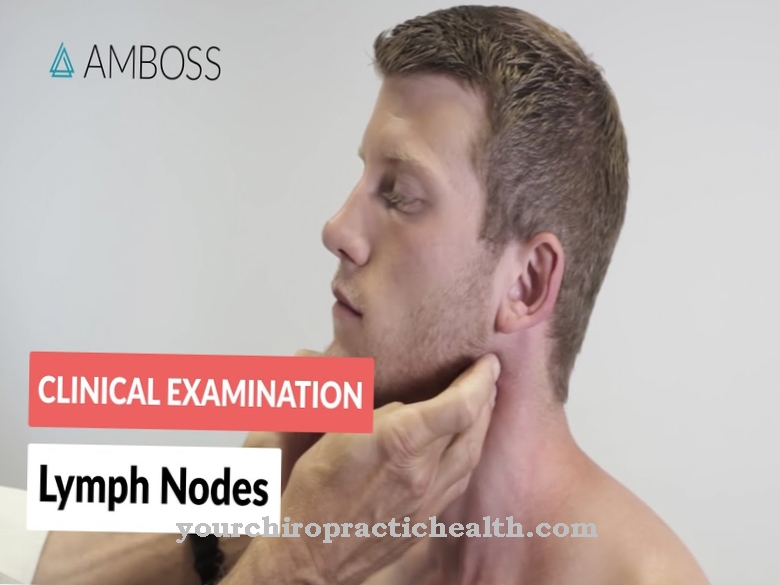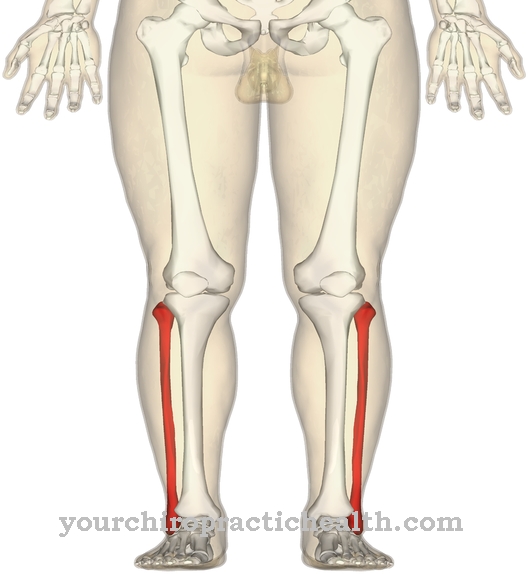At the Broca area it is an anatomical functional unit of the human brain. Even the smallest lesions in this area of the cerebral cortex lead to measurable inefficiencies or cognitive failures.
What is the Broca area?
The Broca area was named after a French anthropologist and neurosurgeon. Paul Broca was born in 1824 and died in Paris in 1880. Today's knowledge of the brain area named after him is thanks to his basic science. In the established medical but also lay language usage, the Broca area is often referred to as the Broca center, Broca language center or as a so-called motor language center designated.
It refers to a precisely defined anatomical section in the cerebral cortex of a person, which can be assigned to speech motor skills. Paul Broca discovered the functioning of this important brain area through a patient named Monsieur Tan, who he examined himself. This patient's ability to articulate, i.e. his ability to form language, was limited to the syllable Tan. Apart from this impairment of speech articulation, however, this patient showed no further limitations in speech understanding.
Anatomy & structure
The anatomy and structure of the Broca Center were also described by Paul Broca himself. When Broca learned of the death of his patient with the special language disorder, he was allowed to do an autopsy himself.
In doing so, Broca focused primarily on certain sections of the brain in which he suspected the cause of his patient's limited ability to articulate. In terms of brain anatomy, Broca was presented with the image of an extensive lesion in the cortex area of the cerebrum, which is now called Broca's area. Nowadays, this motor language center can also be depicted very precisely using imaging methods such as computed tomography or magnetic resonance imaging and delimited from other brain regions. These imaging methods are particularly indicated for the diagnosis of functional disorders in Broca's area.
At that time Broca only made assumptions about the area of responsibility of the brain area named after him, today it is certain that this anatomical brain structure is the area of syntactic language processing. Broca's area is located in the cerebral hemisphere, usually in the left hemisphere for right-handed people, and in the right hemisphere for left-handed people. The exact anatomical position is the area of the parts triangularis et opercularis within the so-called gyrus frontalis inferior.
Function & tasks
The tasks and functions of the Broca area are directly associated with the development and processing of human language expression. Correct language processing is not possible without the specialized brain cells of this motor language center.
As a rule, the person concerned does not notice anything at first until other people point it out. The Broca area, in turn, receives inputs on afferent nerve commands from the superordinate Wernicke center. If the Broca area is damaged, the nerve impulses arriving from there cannot be processed further. Today it is scientifically proven that the Broca Language Center conveys the integration of language production, but also of semantic understanding or sensory impressions.
The neural commands of Broca's area are projected onto special nerve nodes, the basal ganglia, where the fine modulation of the motor programs takes place. If the physiological functions for language processing and language transmission are limited, then the cause is not necessarily in the Broca area itself, but possibly in the upstream large brain arteries, which supply the Broca area with blood and oxygen.
If the disorder of Broca's area is not based on a lesion, then the cause is often an occlusion of the ateria praerolandica. From an anatomical point of view, this artery is a branch of the middle large cerebral artery, ateria media cerebri, and serves primarily to supply the Broca language center with nutrients and oxygen. Arteriosclerosis in these important cerebral vessels therefore repeatedly leads to noticeable restrictions in the function of Broca's area, especially in older people.
You can find your medication here
➔ Medicines to improve concentration and language skillsDiseases
If not only Broca's area, but also other anatomical units connected to it, are pathologically changed for the purpose of communicating speech, then complex neurological examinations are necessary in order to precisely determine the origin of speech aphasia.
Pathological processes in Broca's area can lead to the smallest lesions up to the complete destruction of this brain region. The type and extent of the inability to process and reproduce speech correctly depends directly on the extent of the lesions. Pathological changes in the Broca region are based on the one hand on the consequences of a stroke or on the other hand they are the result of intracranial masses, for example malignant brain tumors.
Whether an ischemic insult, i.e. a stroke or a brain tumor, is the cause of the lesion in the Broca region does not initially matter for the symptoms, but it does play a role in the therapy. This is always aimed at eliminating the cause of a lesion, which unfortunately does not always succeed, especially with extensive findings, so that the patients suffer from a certain speech disorder for life. Any pathological change in the Broca region leads to the clinical picture of so-called Broca aphasia.
The result is halting, slowed speech, the formation of only short sentences in the telegram style and sound mix-ups. In addition, the affected patients regularly report that they have to work very hard to speak. Even if language understanding is less restricted, there are often problems when functional words such as "his", "himself" or "she" have to be assigned within the linguistic understanding.
























.jpg)



